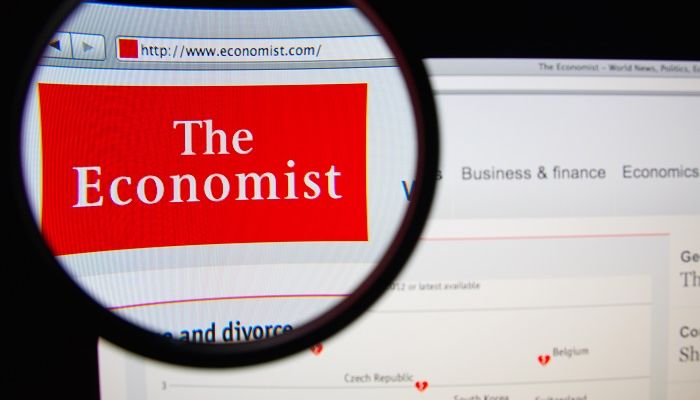The Economist’s financial formula for success
It should come as no surprise that the publishers of The Economist are good with figures. Despite the continued decline in print advertising revenues, the magazine recently announced an upturn in their financial fortunes, with pre-tax profits rising from £59.3m to £60.6m for the year to March.
Their secret is simple, focus on subscription sales rather than advertising and embrace social media. This approach goes somewhat against the general approach to business currently adopted many publishers who point the finger of blame at ad block technology and social media for destroying their revenue models.
The Economist’s deputy editor, Tom Standage, recently shared the magazines secret to financial success in an article in The Economist Groups Annual Report, stating: “Publishers face two main questions in the fast-moving world of digital publishing: how to make money, given that business models based on display advertising do not seem to be sustainable; and how to respond to the emergence of Facebook Instant Articles, which can deliver large audiences but require publishers to make their content available in environments they no longer own of control.
“Our answer to the first problem is quite simple: most of our revenue comes from print and digital subscriptions, not advertising, so the rise of ad-blocking and the diversion of advertising spending away from publishers and towards Google and Facebook harms us less than most.”
“We also have a simple answer to the second question. We consider new distribution platforms, such as Apple news and Facebook Instant Articles, to be a logical extension of our existing social media efforts, which we have stepped up this year.”
“We now have a team of ten writers and editors promoting our output on a growing range of social platforms. We have over 17m followers on Twitter and 7.7m on Facebook, and 1.8m on LinkedIn. Our posts on social platforms encourage new readers to sample our journalism.
“But our aim is always to drive them towards our own website and apps, where we can encourage them to become subscribers. We give away a limited number of articles on distributed platforms as part of this strategy, but access to the full breadth of our output still requires a subscription and always will.”
Of course, The Economist has one huge advantage over other, perhaps less-focused, publishers. Their well-researched, long form journalism has incredible value and is not widely available elsewhere when compared to the breaking news, sport and celebrity gossip featured by daily newspapers and glossy magazines.
Perhaps this tells us, something we knew already – quality will always rise to the top and find its place. It also predicts a war of attrition, where only the strongest publishers will survive.



Leave a Comment